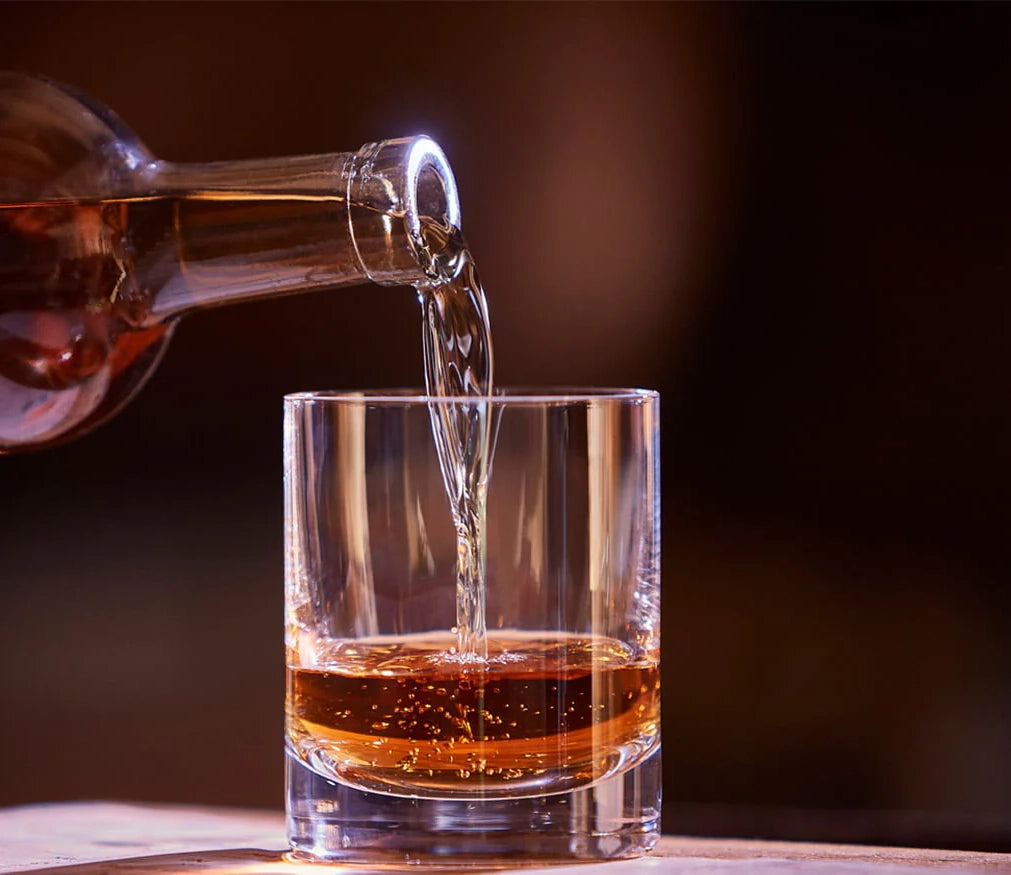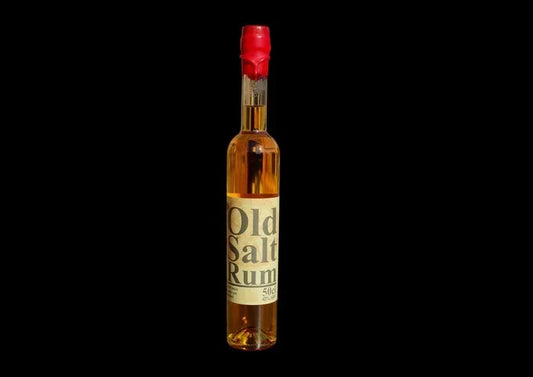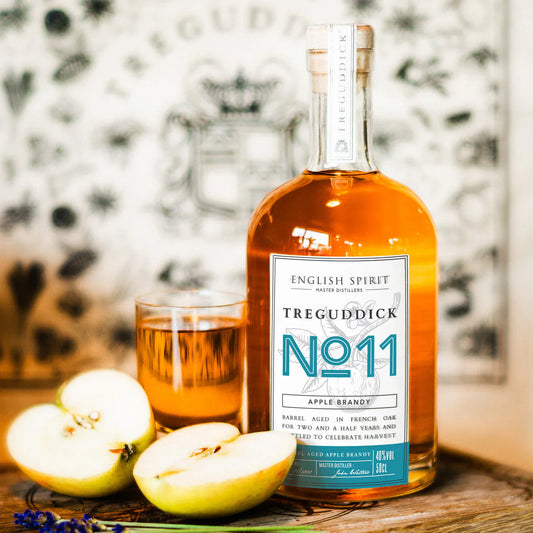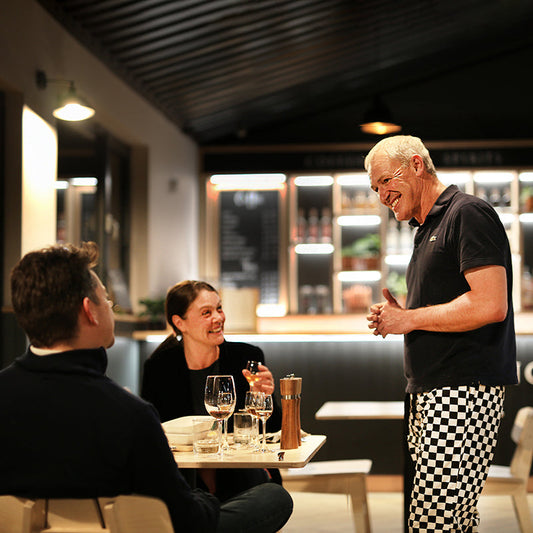It’s world gin day! Yippee and whilst it's certainly the case that the heady days of gins renaissance from 2010 onwards has cooled, we will enjoy modern variants of this absolute classic. There’s a permanent stack of booze history books littering my study and I found myself, as often browsing those with gin on the stills and this day on the horizon. I thought you might enjoy this meander so you don’t have to have your study in such disarray!
It seems it's the destiny of humanity that when presented with the means of cheaply altering consciousness, we enthusiastically and immediately do! Having thoroughly proven this rule in the Caribbean with rum in the 1600s, Britain gave it a shot at home in the "The Gin Craze." The British Isles briefly descended into alcoholic dystopia, fuelled by urban poverty, agricultural surplus and a collective national willingness to temporarily suspend common sense for a quick, cheap piss-up!
Gin arrived in Britain quietly enough. Initially imported from the Netherlands as genever - a juniper-infused tonic praised for its medicinal qualities; it was thought to improve digestion, calm nerves and conveniently ward off plague. Us Brits, with characteristic understatement, shortened "genever" to "gin" and swiftly abandoned any pretence at medicine. By the early 1700s, gin had gone native.
In 1690, British Parliament, in a rare moment of free-market exuberance, passed legislation deregulating distillation. This was intended as a patriotic boost to grain farmers, who were struggling with surplus harvests. It succeeded beyond their wildest dreams, if their dreams involved urban chaos and rampant public intoxication. Almost overnight, distillation exploded, becoming a cottage industry. And soon, every cottage seemed to contain a still.
Gin was oh so shockingly cheap. Boozers advertised that patrons could become "drunk for a penny, dead drunk for tuppence," with free straw provided to collapse on! Sobriety seemed almost prohibitively expensive.
London, already overcrowded and squalid, descended into an alcoholic frenzy. Pubs sprang up faster than churches. By 1720, one in four houses in some areas of London was either selling gin or making it! To historians, this looks suspiciously like market saturation; to Londoners at the time, it looked like a challenge.
Gin wasn’t just popular, it was aggressively popular. Workers drank gin before, during and after their working day. Mothers dosed their crying children with it. People drank to cope with poverty, cold, disease and other social ills: all problems which gin made infinitely worse.
This rapid, unchecked consumption produced consequences as predictable as they were catastrophic. Crime rates soared, public drunkenness became the norm and infant mortality reached horrifying new levels. The drink once hailed as medicinal was now bitterly nicknamed "Mother’s Ruin," as generations of children suffered for their parents' gin-fuelled despair.
Contemporary accounts painted an apocalyptic picture: streets littered with unconscious revellers, widespread violence and entire families impoverished by their gin addiction. The country was not just drunk, it was drowning.
The public and press reacted with moral panic. Pamphlets warned that gin drinking would "drown England in a sea of vice," while artists like Hogarth vividly illustrated the degradation in famous prints such as Gin Lane, depicting scenes of ruinous debauchery. Britain faced an existential hangover.
In typical political fashion, Parliament initially responded to the crisis by misunderstanding it completely. Starting in 1729, lawmakers passed a series of increasingly frantic regulations known as the Gin Acts. Early attempts at regulation were comically ineffective, riddled with loopholes easily exploited by cunning distillers, inventive pub owners and addicted consumers.
When the government imposed high licensing fees on gin-sellers, proprietors simply put up wooden signs shaped like cats—"Old Tom" cats—with coin slots where customers could discreetly buy gin without officially "buying gin." Parliament responded with heavier fines and tougher penalties. The public, undeterred, responded with more ingenious contraptions and increasingly brazen lawbreaking.
The result was a regulatory arms race, with Parliament passing increasingly draconian and poorly conceived measures and the populace cheerfully dodging them at every turn. This legislative slapstick continued for two decades, a prolonged, farcical battle of wits between the British state and its increasingly inebriated citizens.
Eventually, exhaustion set in. By 1751, the aptly named Tippling Act emerged; less ambitious but far more practical than its predecessors. It modestly raised taxes, introduced stricter licensing and crucially, required gin sales only at established, regulated premises. This more balanced approach finally had the intended effect: gradually slowing consumption, stabilizing the market and nudging Britain from collective pissed-ness toward something resembling sobriety.
Slowly, the fog of gin began to lift. Society emerged battered and bruised, but at least moderately sober. Gin remained popular—but never again would it wield such destructive power over society at large. Its brief reign of chaos had ended, replaced by a wary truce.
Gin’s legacy remained profound. It forced Britain to confront the realities of urban poverty, addiction, and public health. For perhaps the first time, society recognized that mass intoxication wasn’t simply a moral failing, it was symptomatic of deeper socio-economic distress.
Gin triggered a lasting transformation of the distillation industry. After decades of chaos, legitimate distillers sought respectability through quality and branding. "London Dry Gin" emerged, not as a ruinous scourge, but as an exportable symbol of sophistication. The spirit that nearly drowned England eventually became one of its proudest global ambassadors.
In retrospect, the Gin Craze demonstrated humanity’s extraordinary capacity for self-inflicted harm and its resilience, adaptability and occasional wisdom. It proved conclusively that while people would enthusiastically embrace any means of cheap intoxication, they could, with great effort, eventually learn moderation. Or at least learn enough moderation to keep civilization groping along!
And without further ado, lets celebrate our increased knowledge of the history of gin by the my favourite top 10 gin cocktails using our Dr J’s Gin, Treguddick No. 4, our barbadian Spitfire Gin or our oh so flexible Limongino!
1. Gin and Tonic
Origin: Invented by British colonials in India during the 19th century. Quinine in tonic water was used medicinally against malaria, and gin was added for enjoyment.
Recipe:
50 ml Dr J’s Gin
150 ml premium tonic water
Lime wedge
Method:
Fill a glass with ice, pour in gin, top with tonic, stir gently, and garnish with a lime wedge.

2. Negroni
Origin: Created in 1919 at Caffè Casoni in Florence, Italy, by Count Camillo Negroni, who requested gin instead of soda water in his Americano cocktail.
Recipe:
30 ml the oh so Italian Treguddick No. 4 (hehehe)
30 ml Campari
30 ml sweet vermouth
Fresh orange peel
Method:
Stir ingredients with ice, strain into a chilled glass, and garnish with orange peel.

3. Martini (Classic Dry)
Origin: Its precise origin is disputed, but it gained prominence in the late 19th century in the USA, becoming iconic by the early 20th century.
Recipe:
60 ml Spitfire Gin (chilled)
10 ml dry vermouth
Lemon twist or olive
Method:
Stir gin and vermouth with ice until well chilled, strain into a chilled martini glass, garnish with lemon twist or olive.

4. Tom Collins
Origin: First recorded by Jerry Thomas in 1876, the Tom Collins was popularized in American bars as a refreshing summer drink.
Recipe:
75ml Limongino
Soda water
Lemon slice and maraschino cherry
Method:
Top with soda, garnish with lemon slice and cherry.

5. French 75
Origin: Named after the French 75mm artillery gun from World War I for its potent kick. First appeared around 1915 in Paris at Harry’s New York Bar.
Recipe:
50 ml Dr J’s Gin
50ml Limongino
Champagne
Lemon twist
Method:
Into a champagne flute, top with champagne, garnish with lemon twist.

6. Gimlet
Origin: Invented in the late 19th century by the British Royal Navy to fight scurvy, originally using Rose’s lime cordial.
Recipe:
50 ml Spitfire Gin
25 ml lime cordial or fresh lime juice and sugar syrup
Lime wheel
Method:
Shake ingredients with ice, strain into a chilled cocktail glass, garnish with lime wheel.

7. Gin Fizz
Origin: Popularised in New Orleans around 1888, closely related to the Tom Collins but served without ice in a smaller glass.
Recipe:
50 ml Treguddick No. 4
25ml Limongino
Soda water
Method:
Into a chilled glass, top with soda.
8. Singapore Sling
Origin: Created in 1915 by bartender Ngiam Tong Boon at the Long Bar of Raffles Hotel in Singapore, originally intended as a socially acceptable drink for women!
Recipe:
50 ml Dr J’s Gin
15 ml cherry brandy
10 ml Benedictine
10 ml Cointreau
120 ml fresh pineapple juice
15 ml lime juice
Dash grenadine
Dash Angostura bitters
Pineapple slice and cherry
Method:
Shake ingredients with ice, strain into a tall glass over fresh ice, garnish with pineapple slice and cherry.
9. Bramble
Origin: Created by legendary British bartender Dick Bradsell in London in the 1980s, inspired by English hedgerows filled with blackberries.
Recipe:
50 ml Treguddick No. 4
25 ml Limongino
15 ml crème de mûre (blackberry liqueur)
Fresh blackberries and lemon slice
Method:
Shake gin and limongino with ice, strain over crushed ice in a rocks glass, drizzle crème de mûre on top, garnish with blackberries and lemon slice.
10. Aviation
Origin: First appeared in Hugo Ensslin’s 1916 cocktail book, "Recipes for Mixed Drinks," named for its sky-blue colour given by crème de violette.
Recipe:
50 ml Spitfire Gin (had to be!)
15 ml fresh lemon juice
10 ml maraschino liqueur
5 ml crème de violette
Maraschino cherry
Method:
Shake ingredients with ice, strain into a chilled cocktail glass, garnish with a cherry.
Don’t try them all at one sitting! But do give it a go, making cocktails is such great fun.
Happy World Gin Day everyone!
Best,
Dr. J









